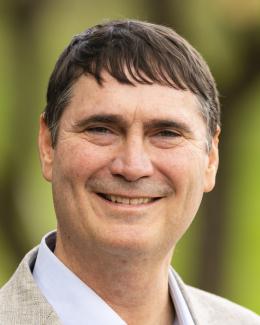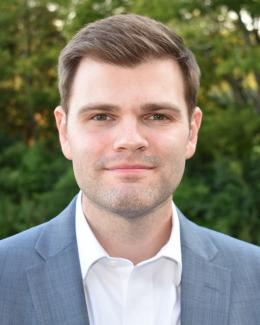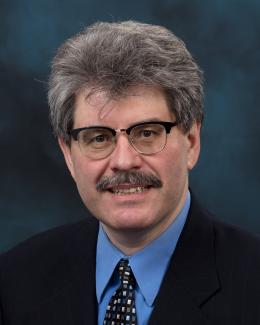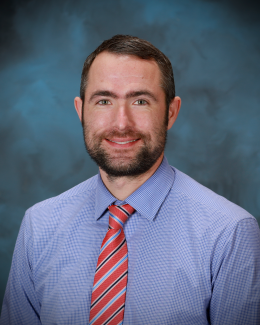Abstract
The application of spatiotemporal (ST) analytics to integrated data from major sources such as the World Bank, United Nations, and dozens of others holds tremendous potential for shedding new light on the evolution of cultural, health, economic, and geopolitical landscapes on a global level. Realizing this potential first requires an ST data model that addresses challenges in properly merging data from multiple authors, with evolving ontological perspectives, semantical differences, and changing attributes, as well as content that is textual, numeric, categorical, and hierarchical. Equally challenging is the development of analytical and visualization approaches that provide a serious exploration of this integrated data while remaining accessible to practitioners with varied backgrounds. The WSTAMP project at Oak Ridge National Laboratory has yielded two major results in addressing these challenges: 1) development of the WSTAMP database, a significant advance in ST data modeling that integrates 10,000+ attributes covering over 200 nation states spanning over 50 years from over 30 major sources and 2) a novel online ST exploratory and analysis tool providing an array of modern statistical and visualization techniques for analyzing these data temporally, spatially, and spatiotemporally under a standard analytic workflow. We discuss the status of this work and report on major findings.
Acknowledgment
Prepared by Oak Ridge National Laboratory, P.O. Box 2008, Oak Ridge, Tennessee 37831-6285, managed by UT-Battelle, LLC for the U. S. Department of Energy under contract no. DEAC05-00OR22725.
Copyright
This manuscript has been authored by employees of UT-Battelle, LLC, under contract DE-AC05-00OR22725 with the U.S. Department of Energy. Accordingly, the United States Government retains and the publisher, by accepting the article for publication, acknowledges that the United States Government retains a non-exclusive, paid-up, irrevocable, world-wide license to publish or reproduce the published form of this manuscript, or allow others to do so, for United States Government purposes.





